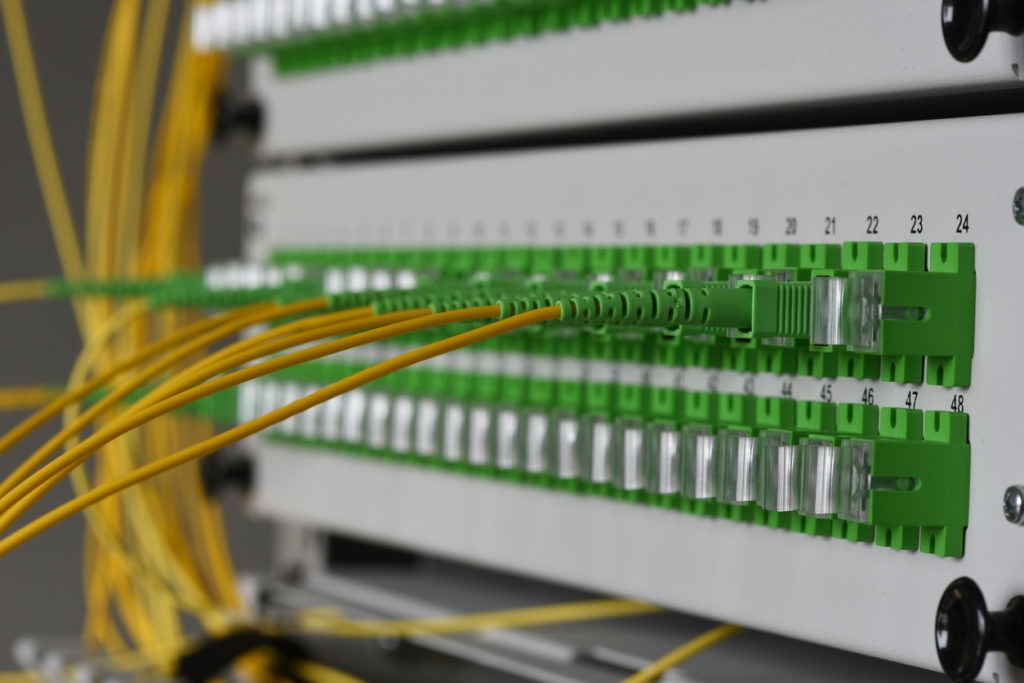DevOps practices are key to helping companies achieve optimal velocity and higher code quality. As tech pros, we know DevOps is not just a change of processes brought into IT and dev teams—it’s a cultural shift that must take place across the entire organization. Bringing all teams together helps drive rapid innovation in products and services, which ultimately results in speed of delivery and growth for the company.
A DevOps culture enables organizations to
reinvent their use of technology and processes—shifting the view from a cost center to an agile driver of business growth. So, where did this phenomenon come from, and where is it headed next?
DevOps: From Behind the Scenes to Center Stage
DevOps rose to prominence behind the scenes—early industry SaaS companies set the DevOps stage, releasing software quickly after thoroughly ‘studying’ its performance to gauge overall stability and quality. Outages would be addressed before reaching customers in production. Continuous delivery pipelines would streamline code changes to address customer issues. Netflix popularized the notion of “fail faster” in production and Quality Engineering (QE), to help identify and address problems more quickly.
This idea of embracing failure rather than fearing it and prioritizing continuous delivery principles led to a cultural shift in these organizations—and this new workplace culture enabled engineers to reinvent their use of tech and become a business growth driver. At the same time, DevOps began to measure success not only by meeting service-level agreements (SLAs), but by delighting users with constant improvement and more predictable quality.
Managing and Mitigating Challenges
Despite its benefits, DevOps comes with a host of challenges in both development practices and application/
infrastructure monitoring. Apps built as service-oriented,
microservice architectures add complexity to operating and monitoring. While helpful in creating a more performant and resilient app infrastructure, the increased number of microservices creates more opportunities for communication challenges and can decreases visibility without proper observability tactics.
Achieving holistic observability is further complicated by other technologies such as Lambda functions and service meshes, in addition to running services in multiple service providers.
These factors have caused roles and responsibilities within organizations to blend. Now, it’s no longer separate teams focusing on performance and saturation testing, development, Quality Assurance (QA), ops, and so on. This has led to a prioritization of automation, freeing up time from repeatable tasks and enabling engineers to focus on emerging tech: many tech pros’ favorite part of their job, according to
SolarWinds® Cloud Confessions: The Trouble with Troubleshooting.
Where is DevOps Headed?
Moving forward, engineers will increasingly need to develop a strong understanding of service meshes, as the choices of technologies available to assist them in solving problems and running production instances is growing exponentially. It’s also likely that the continued adoption of serverless computing for specific use cases will grow.
In a DevOps culture, Continuous Integration/Continuous Deployment (CI/CD) to production happens in minutes. To decrease the risk of defects escaping into production, well-defined CI/CD processes—powered by automation
application infrastructure monitoring—must be used carefully. Understanding the core tenets of DevOps and leveraging technologies like containers and microservices in production will allow engineering teams to lead their organizations through a digital transformation and make strategic decisions.





